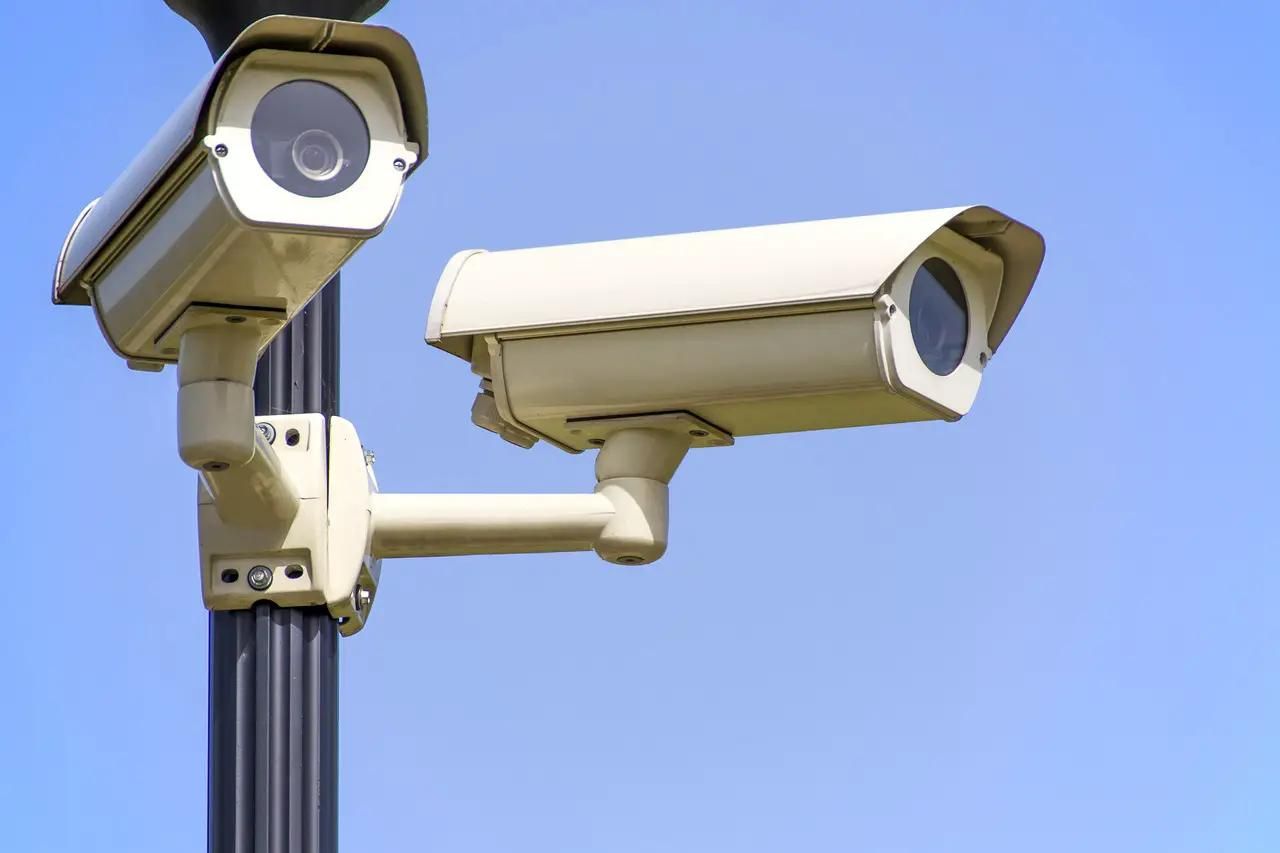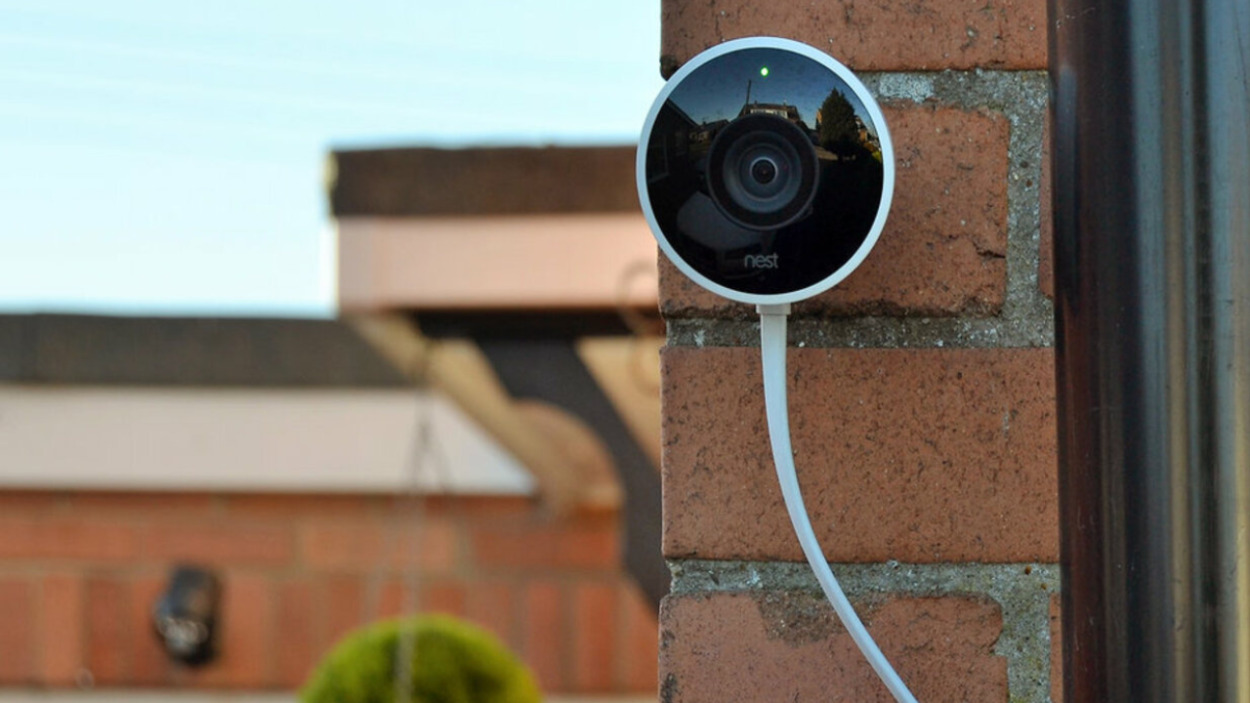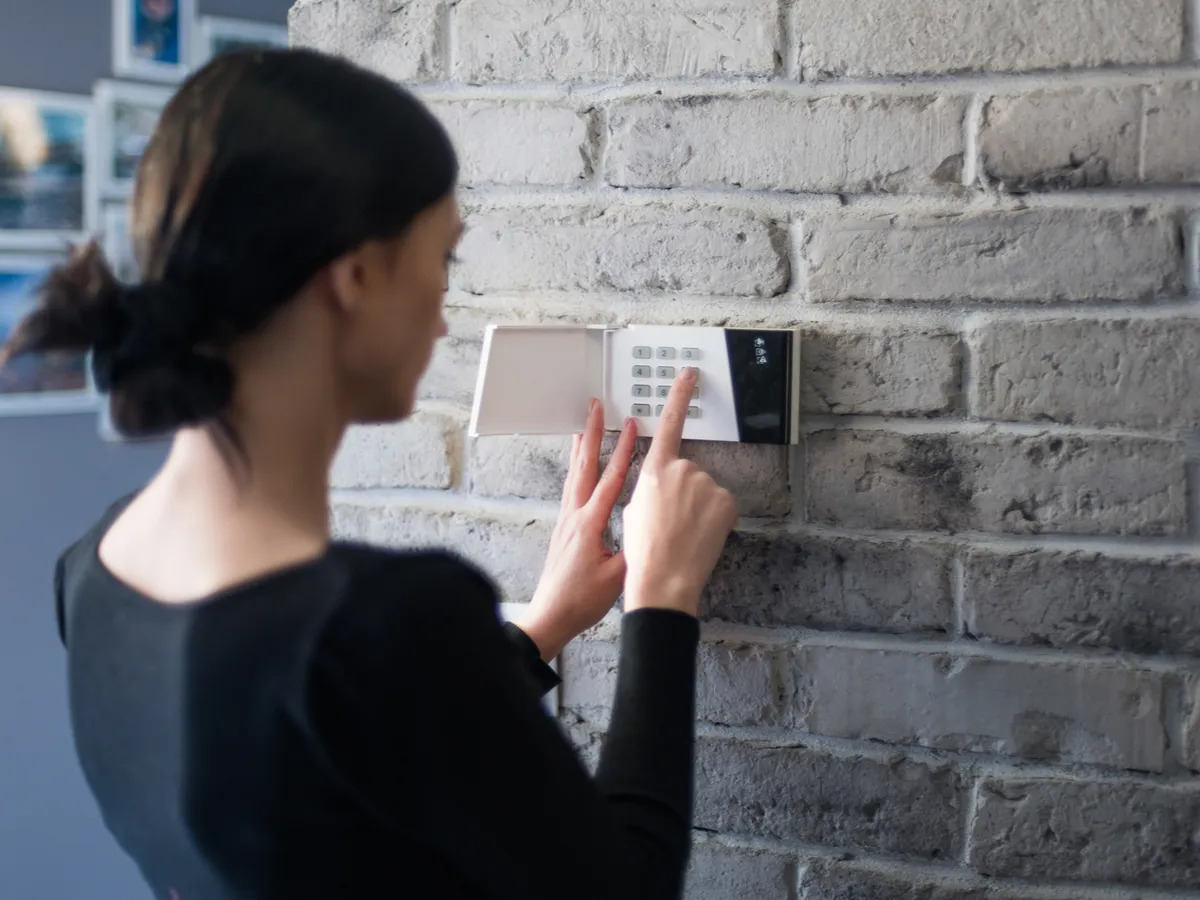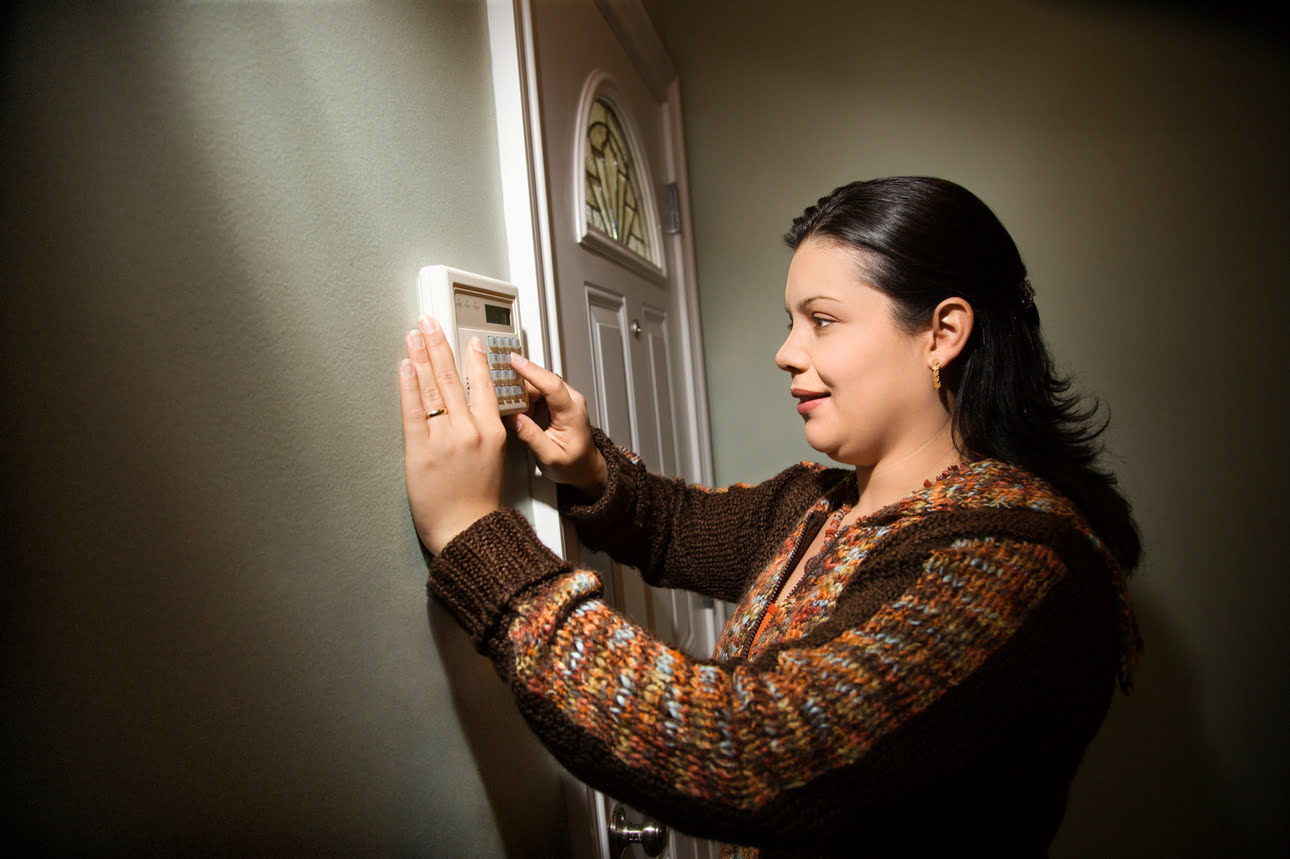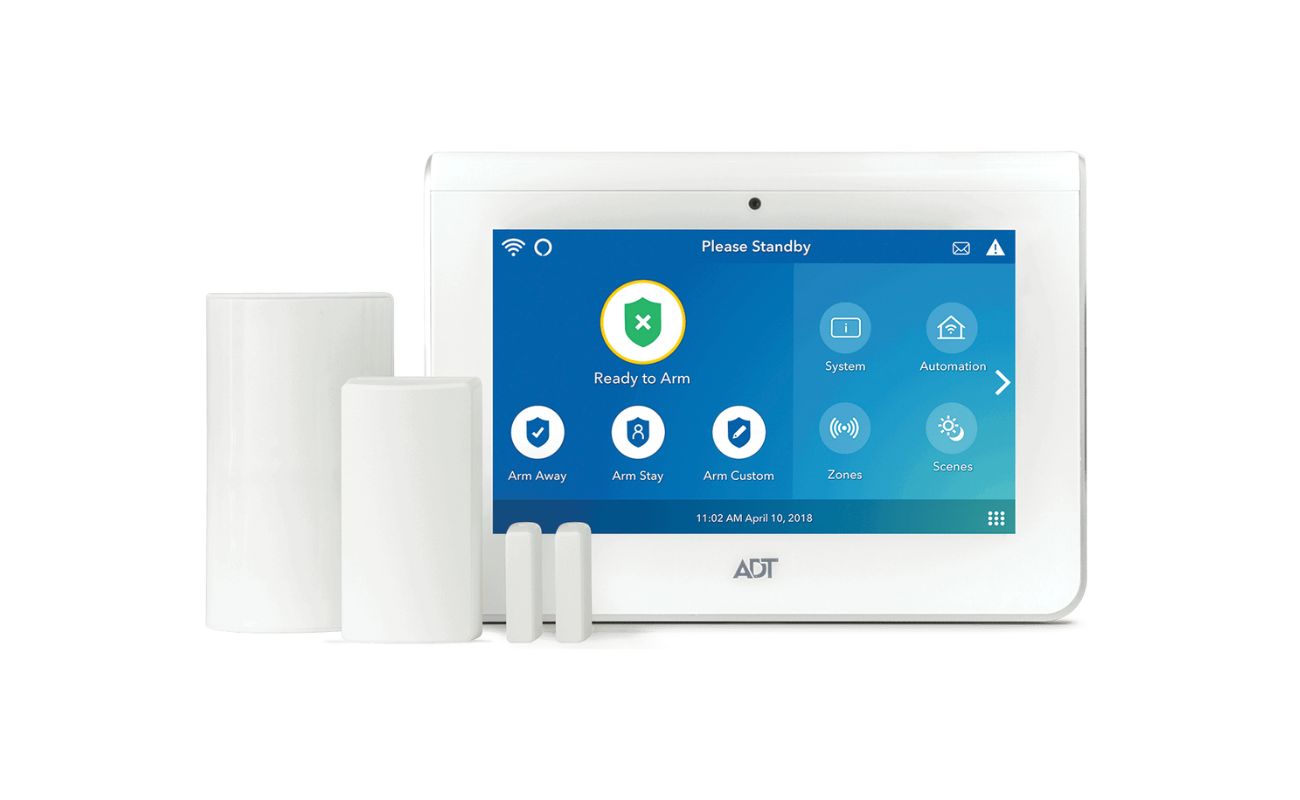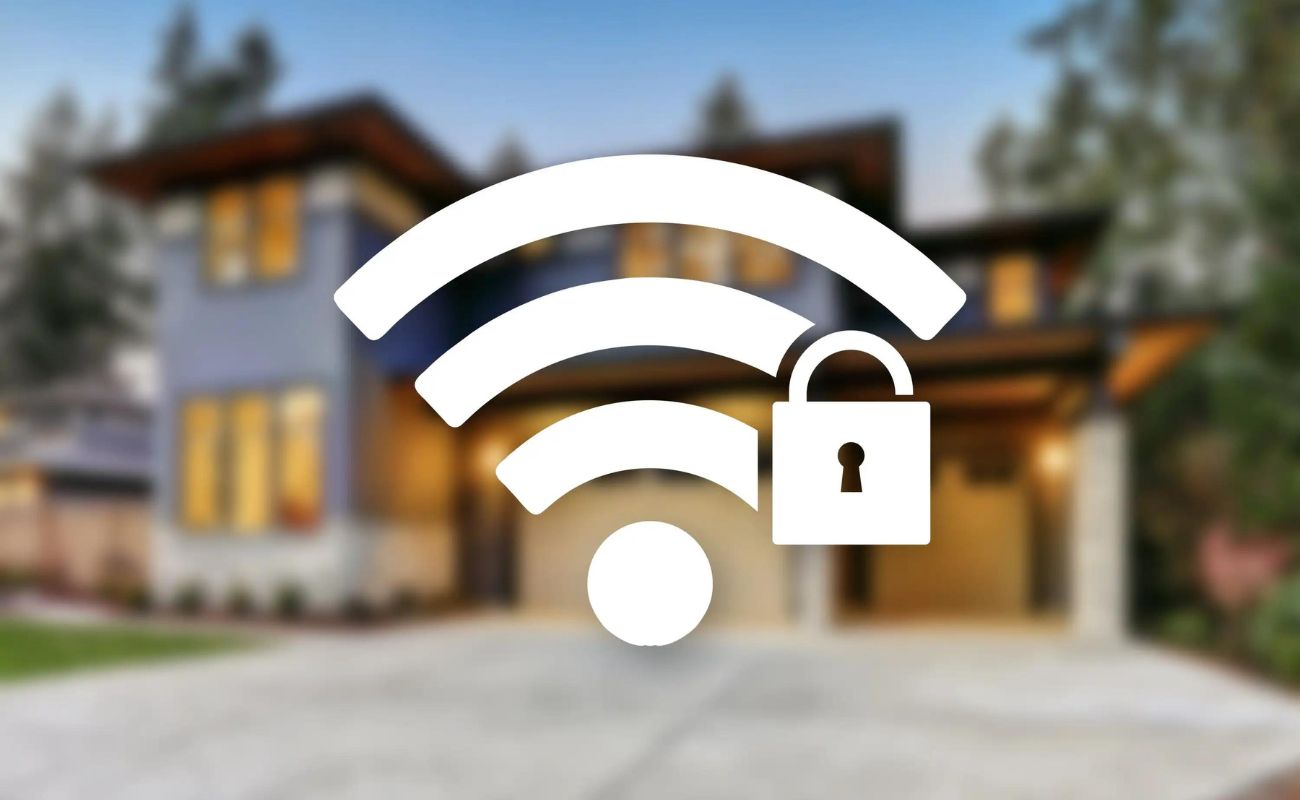Home>Home Security and Surveillance>How To Turn Off Wireless Security
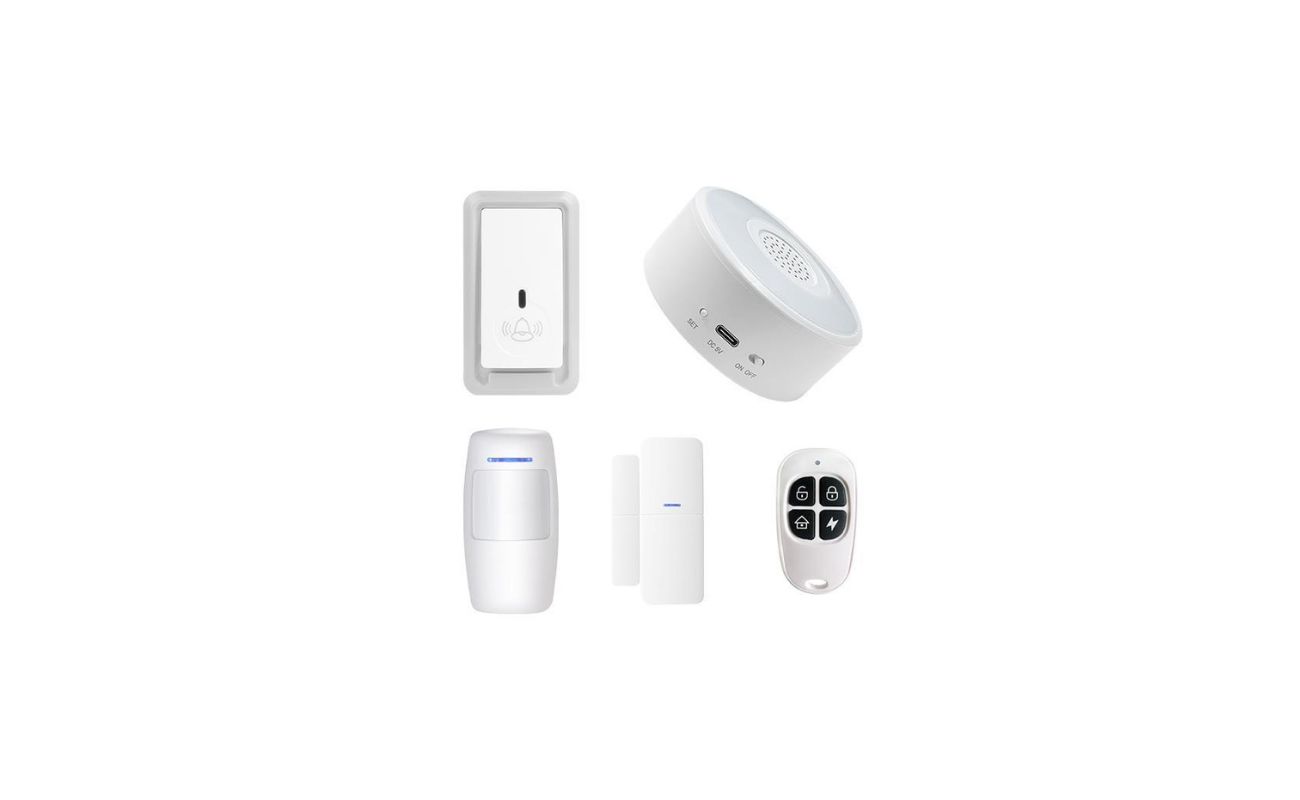

Home Security and Surveillance
How To Turn Off Wireless Security
Modified: September 1, 2024
Learn how to turn off wireless security for your home security and surveillance system. Enhance your network's vulnerability and avoid unnecessary restrictions.
(Many of the links in this article redirect to a specific reviewed product. Your purchase of these products through affiliate links helps to generate commission for Storables.com, at no extra cost. Learn more)
Introduction
Welcome to our comprehensive guide on how to turn off wireless security. In this digital era, home security and surveillance are of paramount importance. With the proliferation of wireless networks, securing your wireless connection is critical to protect your personal information and prevent unauthorized access.
Wireless security refers to the measures taken to safeguard your Wi-Fi network from unauthorized users. It involves setting up security protocols such as passwords, encryption, and authentication to ensure that only authorized devices can connect to your network.
While enabling wireless security is highly recommended to protect your network and data, there may be situations where you need to turn off wireless security temporarily. It could be due to troubleshooting connectivity issues, testing network compatibility, or allowing guest access. However, it is crucial to understand the risks and take appropriate precautions when disabling wireless security.
In this article, we will explore the reasons for turning off wireless security, the potential risks involved, and provide step-by-step instructions on how to disable it safely.
Key Takeaways:
- Turning off wireless security can expose your network to hackers, data breaches, and legal consequences. Only do so when necessary, and take extra precautions to protect your personal information.
- If you need to disable wireless security, follow the proper steps to ensure safety. Always re-enable security as soon as possible and consider using additional measures like a guest network or VPN.
Understanding Wireless Security
Before we dive into the process of turning off wireless security, it’s essential to understand the different aspects of wireless security and why it is crucial for protecting your home network.
1. Encryption: Encryption is a fundamental component of wireless security. It involves encoding the data transmitted over your wireless network to prevent unauthorized users from accessing and interpreting it. There are different encryption protocols available, such as WEP (Wired Equivalent Privacy), WPA (Wi-Fi Protected Access), and WPA2, with WPA2 being the most secure option. Encryption ensures that even if someone manages to intercept your wireless signals, they won’t be able to decipher the data without the encryption key.
2. Authentication: Wireless networks use authentication methods to verify the identity of devices attempting to connect to the network. This prevents unauthorized devices from gaining access. The most common form of authentication is the use of a password or network key. When a device attempts to connect, it must provide the correct password to gain access.
3. MAC Filtering: MAC (Media Access Control) filtering is an additional layer of security that allows or denies access to specific devices based on their unique MAC addresses. By enabling MAC filtering, only devices with registered MAC addresses will be able to connect to your wireless network. This prevents unauthorized devices from even attempting to connect.
4. SSID Hiding: SSID (Service Set Identifier) hiding is another security measure that prevents your Wi-Fi network from being easily discovered by unauthorized users. When you enable SSID hiding, your wireless network name is not broadcasted, making it more challenging for potential attackers to find and target your network. However, it’s important to note that this is not a foolproof security measure, as experienced hackers can still identify hidden SSIDs.
Having a solid understanding of these wireless security measures will help you make informed decisions when it comes to turning off or modifying your network’s security settings. While disabling certain security features may be necessary in certain situations, it is crucial to remember the potential risks involved and take the appropriate precautions.
Risks of Turning Off Wireless Security
While there may be valid reasons for temporarily turning off wireless security, it’s essential to be aware of the potential risks involved. Disabling wireless security measures can leave your network vulnerable to various security threats. Here are some of the risks you should consider:
1. Unauthorized Access: By turning off wireless security, you are essentially allowing anyone within range to connect to your network. This opens the door for potential hackers, neighbors, or even passersby to access your network without your knowledge or permission. They can gain access to your personal information, intercept your internet traffic, and even compromise your devices.
2. Data Breaches: Without encryption enabled, any data transmitted over your network is exposed and vulnerable. This means sensitive information like passwords, personal documents, banking details, and online activities can be intercepted and stolen by attackers. Your private conversations and online transactions could be compromised, leading to identity theft or financial loss.
3. Malware and Viruses: With wireless security disabled, your network becomes an easy target for malware and viruses. Hackers can inject malicious software into your devices, leading to data corruption, system malfunctions, and even the hijacking of your devices for botnet attacks. This can result in a loss of data, operational disruptions, and potential harm to your devices and personal privacy.
4. Network Congestion: Opening your network without any security measures can lead to network congestion. When unauthorized users connect to your network, they consume bandwidth and can slow down your internet speeds. This can be frustrating if you rely on a stable and fast connection for work, streaming, or online gaming.
5. Legal Consequences: In some countries, it may be illegal or against the terms of service to disable wireless security. Internet service providers (ISPs) typically require users to adhere to certain security standards to protect the integrity of their networks. By turning off wireless security, you may be violating these terms, potentially leading to legal consequences and termination of your internet service.
It’s important to weigh the risks and benefits of disabling wireless security before making any changes. If you decide to turn off wireless security temporarily, it’s crucial to take additional precautions to mitigate the potential risks. These precautions may include implementing other security measures, such as setting up a guest network, using a virtual private network (VPN), or closely monitoring network activity. Remember to re-enable wireless security as soon as it is no longer necessary to maintain the safety and integrity of your network.
To turn off wireless security, access your router’s settings through a web browser, locate the wireless security settings, and choose the option to disable security or select “None” for the security type. Keep in mind that turning off wireless security can make your network vulnerable to unauthorized access.
Steps to Turn Off Wireless Security
If you have considered the risks and still need to temporarily disable wireless security, here are the steps to safely turn off your wireless security measures:
1. Access Your Router Settings: Open a web browser on a device connected to your Wi-Fi network and enter your router’s IP address in the address bar. This will take you to the router’s configuration page. If you’re unsure of the IP address, check the documentation provided by your router manufacturer or look it up online.
2. Log in to Your Router: Enter the username and password to log in to your router’s settings. This information is typically found on a sticker on your router or in the router’s documentation. If you’ve never changed the login credentials, they might be the default ones provided by the manufacturer.
3. Locate the Wireless Security Settings: Once logged in, navigate to the wireless settings section or the wireless security tab. The exact location of these settings may vary depending on your router’s make and model.
4. Disable Encryption: Look for the encryption or security mode settings. It is usually listed as WEP, WPA, or WPA2. Select the option to disable or turn off encryption. Save the changes when prompted.
5. Disable Authentication: Find the authentication method settings, which are typically labeled as “WPA PSK,” “WPA2-PSK,” or “Pre-Shared Key.” Change the setting to “None” or “Open.” Remember to save the changes.
6. Disable MAC Filtering: If you have enabled MAC filtering, navigate to the MAC filtering settings. Disable or turn off MAC filtering by selecting the “Disable” or “Turn Off” option. Save the changes.
7. Save and Reboot: After making all the necessary changes to disable wireless security, save the settings. Your router may prompt you to reboot for the changes to take effect. Follow the instructions to reboot the router.
8. Test the Network: Once the router has rebooted, test your network connectivity by connecting a device to your Wi-Fi network. Ensure that the device can successfully connect to the network without requiring a password or authentication.
Remember to re-enable wireless security as soon as it is no longer necessary. It is highly recommended to regularly update and strengthen your security measures to protect your network and personal information.
Please note that the steps provided above are general guidelines, and the exact process may vary depending on your router’s make and model. Refer to your router’s documentation for specific instructions or seek assistance from the manufacturer if needed.
Conclusion
Wireless security is an essential aspect of safeguarding your home network from unauthorized access and protecting your personal information. While there may be situations where temporarily disabling wireless security is necessary, it’s important to understand the risks involved and take appropriate precautions.
In this article, we discussed the importance of understanding wireless security measures such as encryption, authentication, MAC filtering, and SSID hiding. These measures work together to create a robust defense against unauthorized access to your network.
However, when wireless security needs to be turned off temporarily, it exposes your network to various security risks. Unauthorized access, data breaches, malware, network congestion, and potential legal consequences are among the many concerns that come with disabling wireless security.
If you decide to proceed with turning off wireless security, it’s crucial to follow the proper steps. Accessing your router settings, disabling encryption and authentication, and saving the changes are essential steps to disable your wireless security measures. Additionally, it’s important to regularly monitor your network, employ additional security measures, and re-enable wireless security as soon as it is no longer necessary.
Remember, the objective of temporarily disabling wireless security should be to address specific issues or accommodate certain circumstances temporarily. In all other cases, it’s highly recommended to keep your wireless security enabled to ensure the confidentiality, integrity, and availability of your network.
By being aware of the risks, understanding wireless security measures, and taking necessary precautions, you can better protect your home network from potential threats and enjoy a secure and reliable internet experience.
Frequently Asked Questions about How To Turn Off Wireless Security
Was this page helpful?
At Storables.com, we guarantee accurate and reliable information. Our content, validated by Expert Board Contributors, is crafted following stringent Editorial Policies. We're committed to providing you with well-researched, expert-backed insights for all your informational needs.

